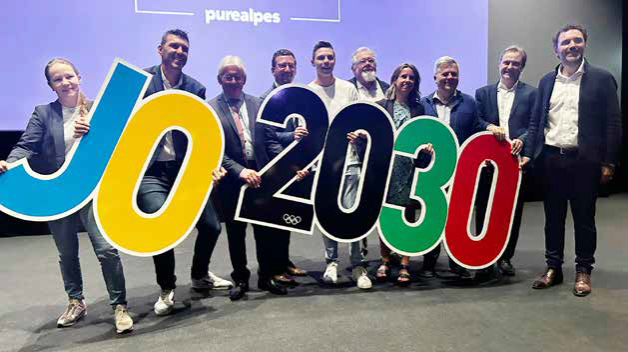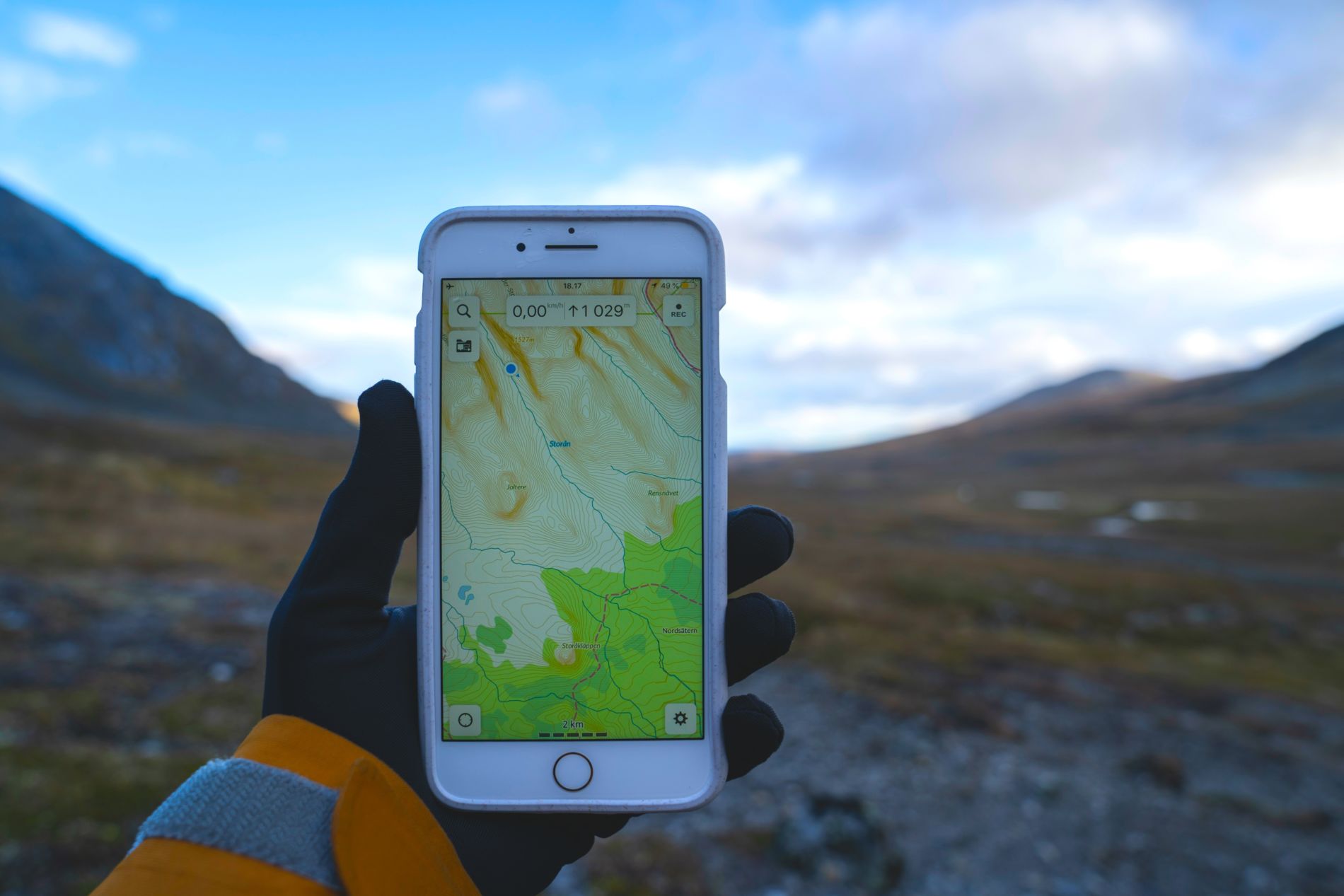Making digital tools accessible is a key challenge for tourism stakeholders. According to the Défenseur des droits*, 13 million people in France faced difficulties with digital access in 2022. Today, numerous innovations make web access more intuitive, allowing resorts to offer a more inclusive experience, particularly for people with reduced mobility or disabilities.
Mountain resorts, ski areas, and tourist offices were heavily focused on the latest accessibility innovations during the 2024 Mountain Planet trade show in France. Digital integration also helps optimize accessibility in mountain areas, a tourist destination with specific challenges due to its natural terrain.
Learn more about the development of accessible mountain activities.
Why Is Digital Accessibility Essential in the Mountains?
Mountain destinations attract a diverse audience for both summer and winter tourism, regardless of the level of activity participants, whether seasoned athletes or families seeking new experiences. However, access to certain tourist sites remains difficult for people with specific needs, and dedicated guides aren’t always available. In this context, digital tools play a crucial role in improving the visitor experience, both in terms of information, services, and infrastructure. The broader initiative is to make tourism not only more inclusive but also more sustainable.
Digital tools and the web not only simplify trip planning but also improve safety by offering tailored experiences. The digitization of mountain tourism services provides several advantages, such as real-time access to the accessibility of slopes or the use of mobile apps to plan accessible routes.
Innovations and Services for Accessible Tourism
Digital accessibility is a central issue, and many innovative solutions now address the needs of people with disabilities.
Tourism via an Accessible Interactive Map

@yomex-owo
One major advancement is the interactive map, which allows visitors to view, in real-time, the best routes based on their skill level and accessibility for people with reduced mobility (PRM). These websites are accessible via mobile apps and sometimes on interactive kiosks installed in the resorts. Dynamic maps can display slopes, ski lifts, and accessible infrastructure, such as wheelchair-accessible
restrooms and reserved parking areas. They also provide information on slope gradients, helping users with disabilities better anticipate their routes.
Smart Navigation Apps for PRM
Apps now enable users to plan more accessible routes within a resort, including adapted ski lifts, wheelchair-friendly paths, and obstacle-free routes. These apps consider real-time weather conditions, slope status, and offer safe tourist itineraries for those with specific needs.
Examples of apps and web platforms include:
- Activhandi: Connects people with disabilities to outdoor experiences, with
Activexperience, a web platform for enjoying sporting and tourist activities in
the mountains. - OnPiste: A 100% free app from the Rossignol Group, offering a range of fully
marked routes (walking, hiking, mountain biking, skiing) and indicating their
accessibility for people with disabilities. The number of Handisport hiking trails
increases year after year. - AllTrails: Featuring over 400,000 hiking trails worldwide, including 12,500
wheelchair-accessible paths. - VIP (Very Important Parking): Lists over 800,000 accessible locations,
including parking lots, stores, and restrooms. This community-driven approach
relies on 150 testers and is available in multiple languages. - Google Maps: Also incorporates filters to find wheelchair-accessible routes
and adapted locations.
How to Integrate These Innovations in Resorts?
For mountain professionals, integrating these innovations is a powerful way to improve how people with disabilities or reduced mobility are welcomed while boosting the attractiveness of their destination. Training staff is essential. Receptionists, ski instructors, and ski lift technicians must be proficient in using new web tools, familiar with navigation apps for PRM, and capable of managing equipment like handiski wheelchairs. They must also be sensitive to the needs of people with disabilities. Additionally, resorts must ensure their digital platforms—websites, mobile apps, and interactive kiosks—comply with accessibility standards. This includes user- friendly web interfaces with options for people with visual, hearing, or cognitive impairments, such as integrating audio descriptions or subtitles for videos.
Discover all the innovations in Innovation Book #4.
Today, professionals have concrete solutions to better accommodate people with reduced mobility and disabilities. By implementing these web technologies, it’s now possible to transform resorts and mountain areas into more inclusive places, offering everyone the opportunity to fully enjoy the beauty of the peaks, regardless of physical condition.
———————–
*The Défenseur des droits is an independent administrative authority created in 2011 and enshrined in the French Constitution. Its mission is to defend the rights of people whose rights are not respected and to ensure equality for all.
a lire également
Accessibility

2 August 2024
Mountain Accessibility: Making Activities Available for Everyone
How can mountain activities be made accessible for persons with reduced mobility and disabilities ? Professionals, municipalities, tourism offices, and industry leaders are collaborating to create an inclusive experience in ...
Sustainable development

27 May 2024
Eco-responsible tourism in the mountains, for a sustainable future
SUSTAINABLE DEVELOPMENT In April 2024, mountain stakeholders gathered in Grenoble Alpes Métropole, France. At the Mountain Planet trade show, 23,000 professionals exchanged ideas and shared their vision for the present and ...
Sustainable development

24 September 2025
The Mountains and the 2030 Winter Olympics: a golden opportunity to blaze a sustainable trail for innovation across the communities in the French Alps
The announcement that the 2030 Olympic and Paralympic Winter Games will be held in France has once against thrust the French Alps into the global spotlight. The Games will clearly ...


